‘Fall Guy’ director David Leitch takes us inside his breathtaking Los Angeles home
For movie power couple David Leitch and Kelly McCormick, interior designer Vanessa Alexander crafts a home with the ultimate Hollywood ending
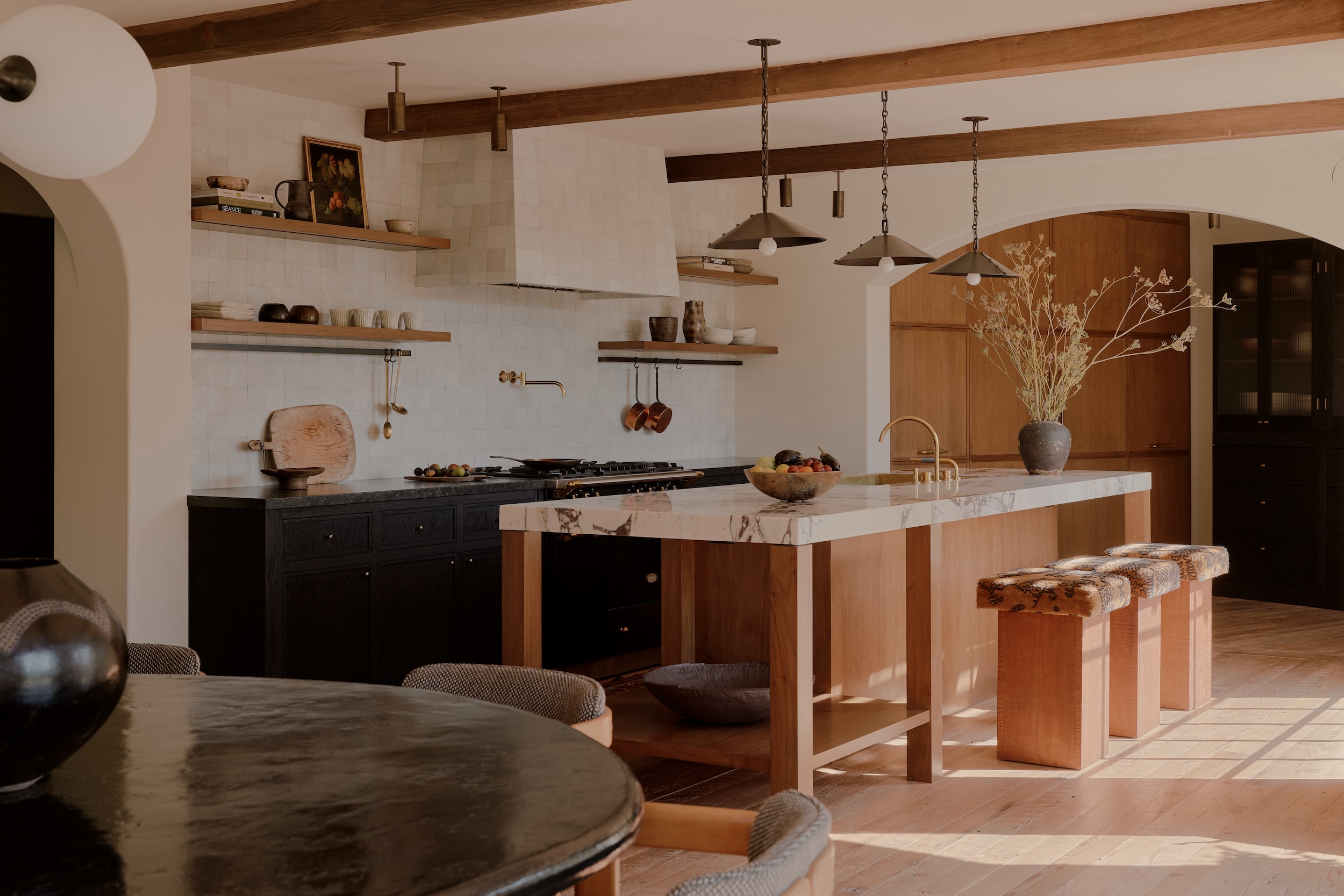
When aspiring Hollywood stuntman David Leitch moved to Los Angeles from the Midwest three decades ago, he found himself living in a Redondo Beach residence that came to be known as ‘The Stunt House.’ Unbeknownst to the landlord, the residing stuntmen-in-training dug a hole in the backyard to accommodate an Olympic-size trampoline where, for four years, between workouts, part-time jobs and Jackie Chan movies, the roommates would practice falling – over and over and over again.
Leitch got his lucky break when he was called to be Brad Pitt’s stunt double in Fight Club. Over the next 20 years, Leitch would help define a new generation of stunt performers, serving as a body double for stars like Matt Damon, Jean-Claude Van Damme and Pitt, with whom he’d work for another five years.
For the last decade, though, Leitch has moved behind the camera as a director and producer, where he’s directed flicks like John Wick, Atomic Blonde, Deadpool II, Bullet Train and– last year– Fall Guy. He now runs 87 North Productions with his wife, Kelly McCormick, also a successful Hollywood producer.
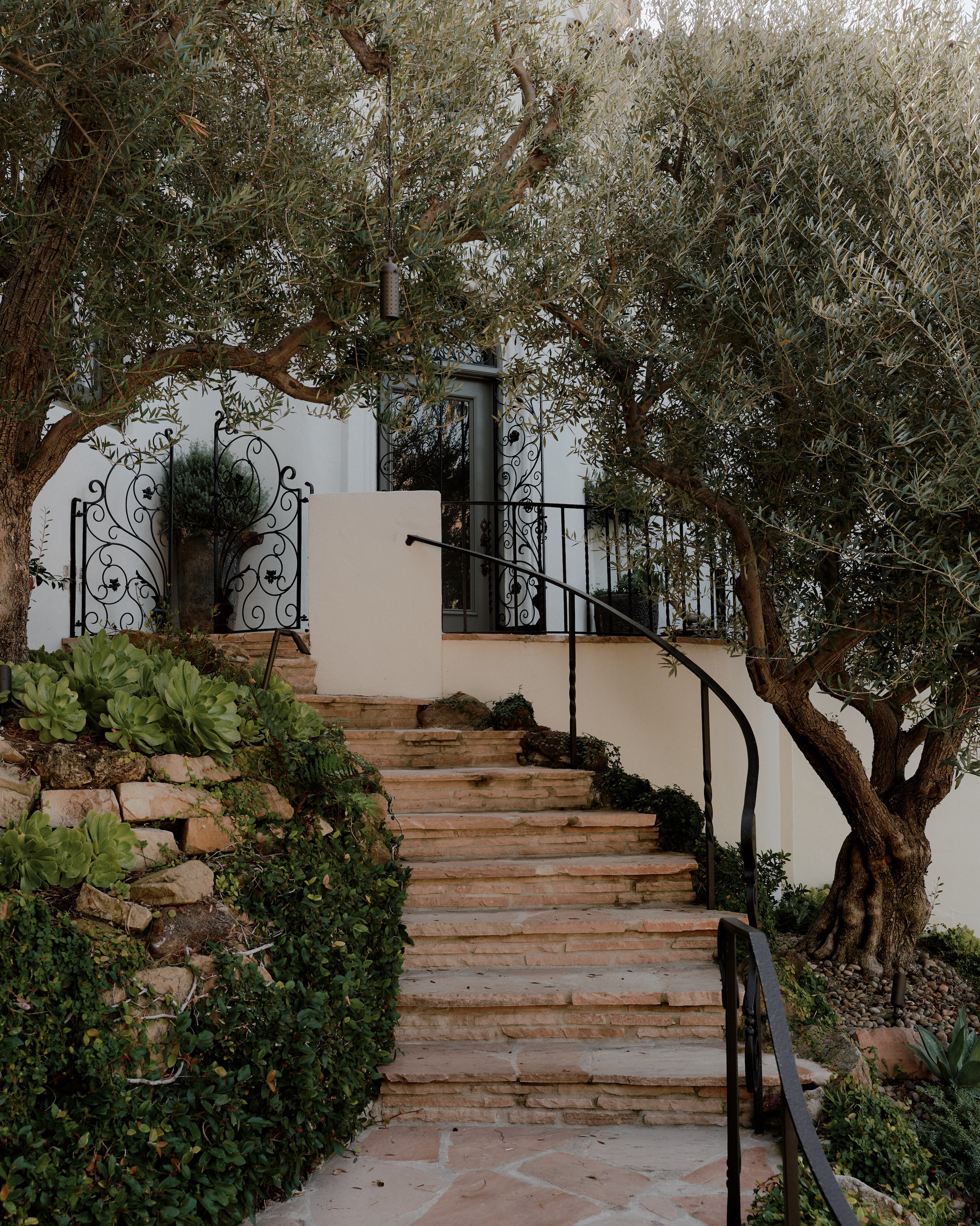
The 1928 Spanish-style home is nestled into a hillside in Outpost Estates, a celebrity-favored enclave in Los Angeles.
Inside David Leitch and Kelly McCormick's refreshed LA home
Designing a new Los Angeles home, however, was a stunt that Leitch and McCormick couldn’t pull off alone. The couple left that exploit to Los Angeles-based designer Vanessa Alexander. But the quest to find that home turned into something akin to a Hollywood drama. Leitch and McCormick had purchased a hillside midcentury home in Brentwood and had tapped Alexander to design the interiors. Unfortunately, the home was destroyed in the 2019 Getty Fire, an inferno that blazed through some 745 acres. Leitch and McCormick would have to put their dream home on hold.
‘It was an exhausting experience,’ says Leitch of being without a full-time residence. ‘We’d come to L.A. [between film projects] and we’d constantly have to find a new rental and lug all of our stuff there.’
‘It was a big loss,’ adds McCormick. ‘If we were going to buy again, we wanted something special that we could make ours.’
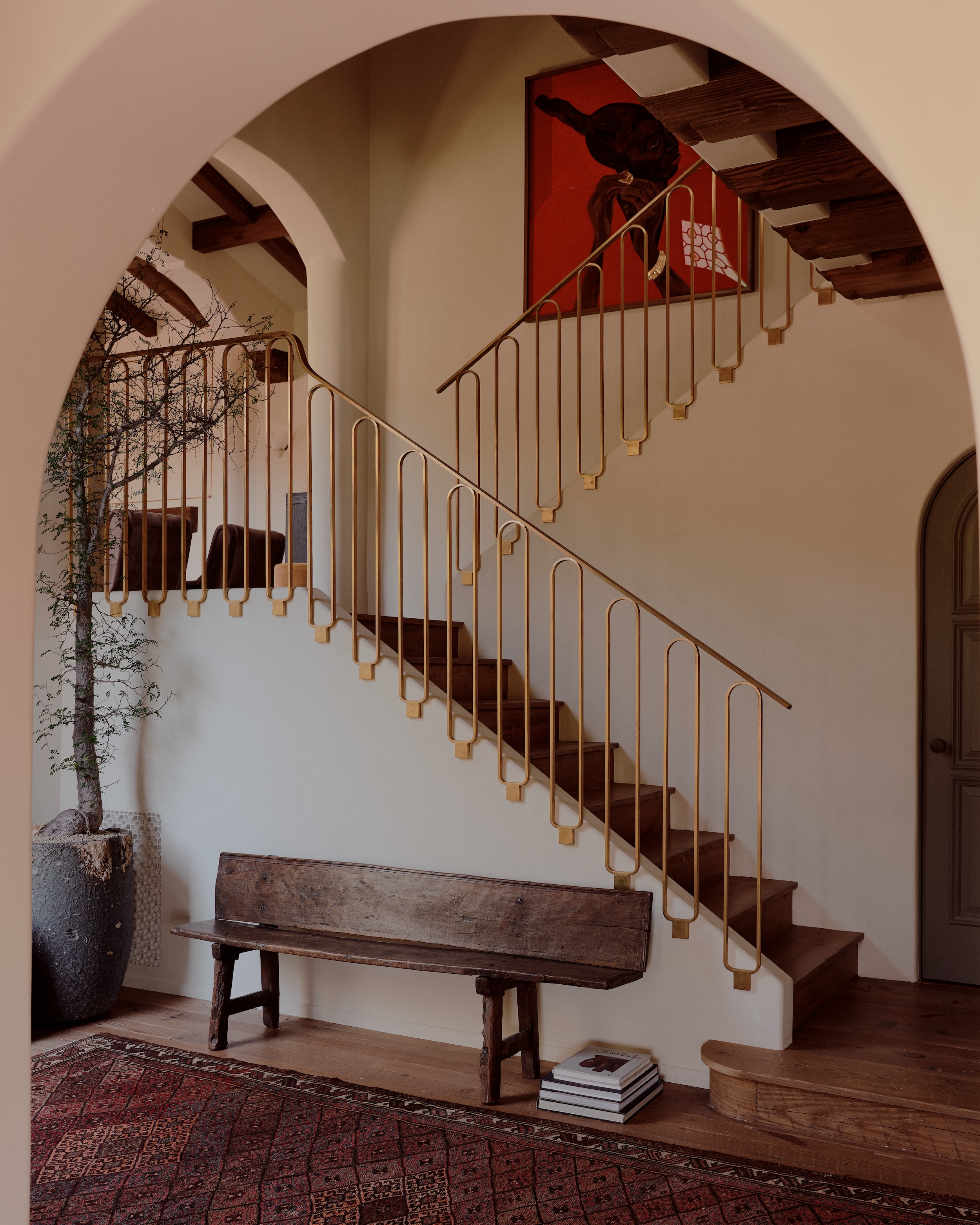
In the entry, Alexander selected a vintage Persian runner, a vintage Spanish Bench and an artwork by Serge Attukwei Clottey. The brass railing is a custom feature.
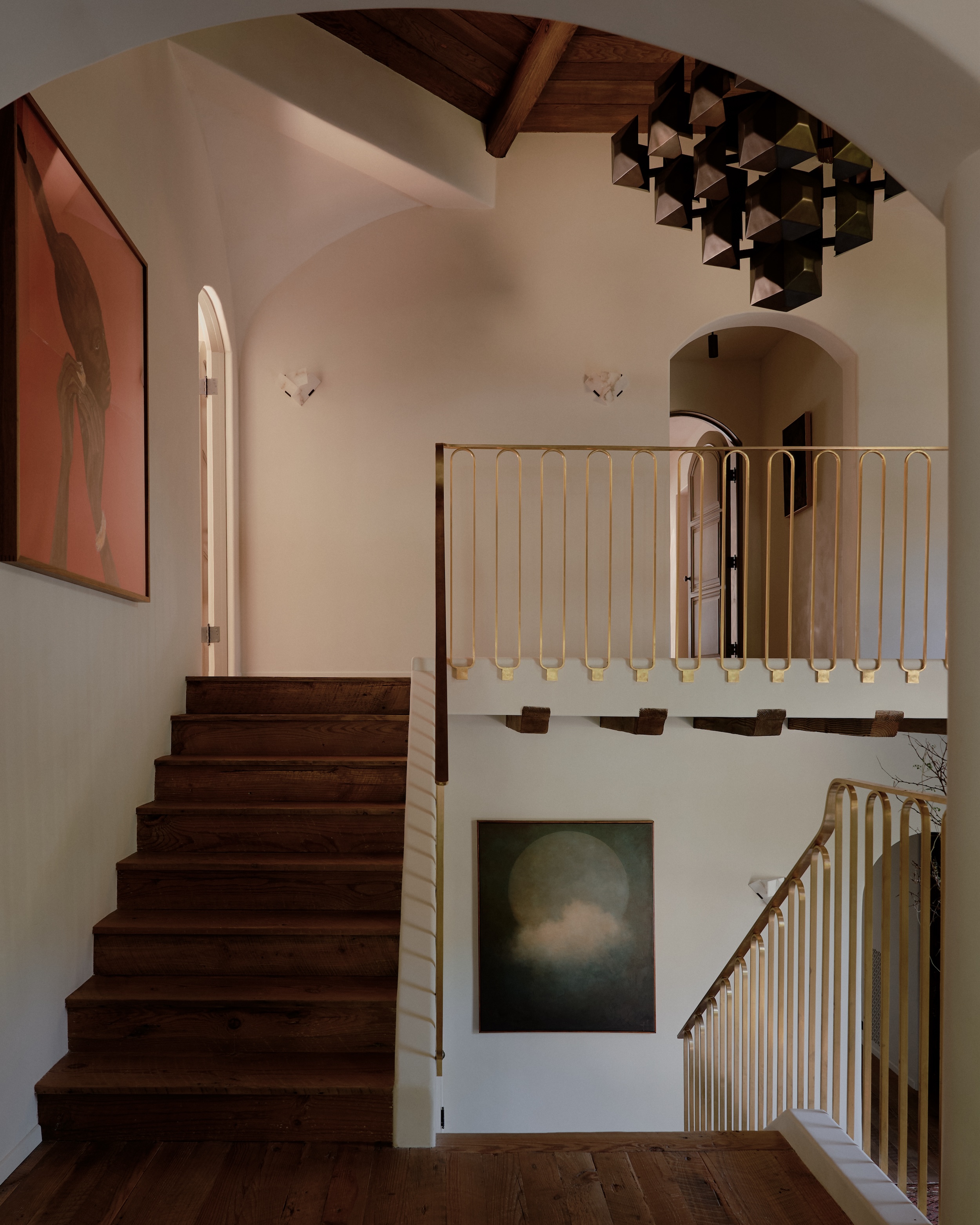
Here, the chandelier is from Blackman Cruz and the artwork is by Frida Manuella Hague.
The pair eventually found that ‘something special’ in Outpost Estates, a neighbourhood developed in 1927, high up in the Hollywood Hills. The 4,500 sq. ft. home, built in 1928, was once the home of Wynne Gibson, a ‘30s and ‘40s starlet who, during her heyday, played everything from gangster companions to flappers. The stucco-clad Spanish-style home was nestled onto an enchanting, wooded hillside site that felt more akin to Provence than the Hollywood Hills (though the twinkling lights of Los Angeles below were a giveaway)
Wallpaper* Newsletter
Receive our daily digest of inspiration, escapism and design stories from around the world direct to your inbox.
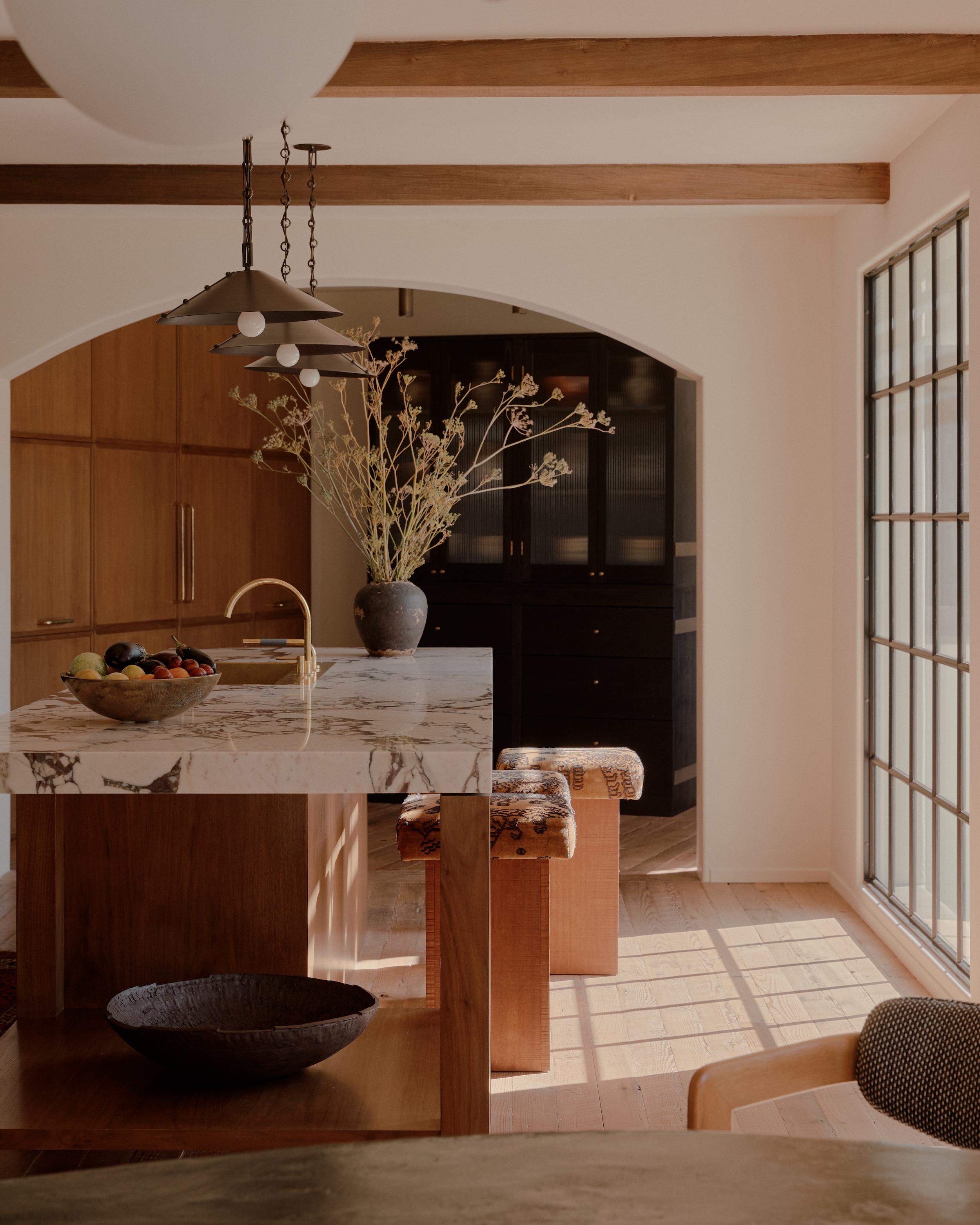
In the light-filled kitchen, the benches, island and lighting are custom.
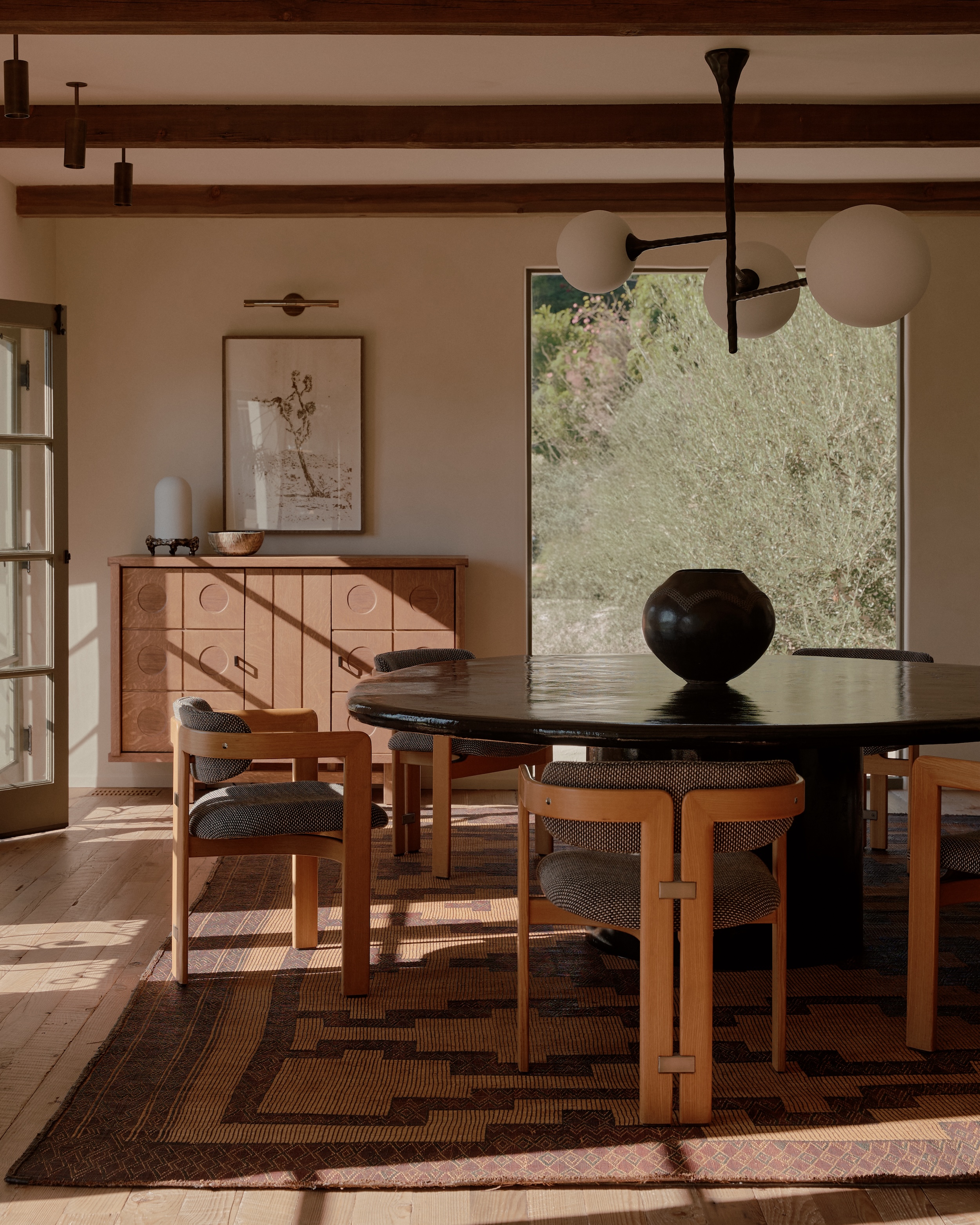
In the dining room, a Pierre Yovanovitch chandelier hovers above a custom dining table surrounded by Augusto Savini for Pozzi chairs.
However gorgeous the residence, though, it needed some tweaking to accommodate the couple’s busy movie-making careers. Leitch and McCormick wanted a place where they could unwind, accommodate visiting family and friends, work remotely on projects and take advantage of everything the verdant site had to offer. They also wanted to accommodate their two beloved dogs, Daisy Dukes (an homage to John Wick’s beagle) and Ladybug (named after Brad Pitt’s character in Bullet Train). Once again, they turned to Alexander.
‘It's not a huge house, but it just felt really special,’ says the designer, who is known for her effortlessly laid-back-yet-luxurious California style.
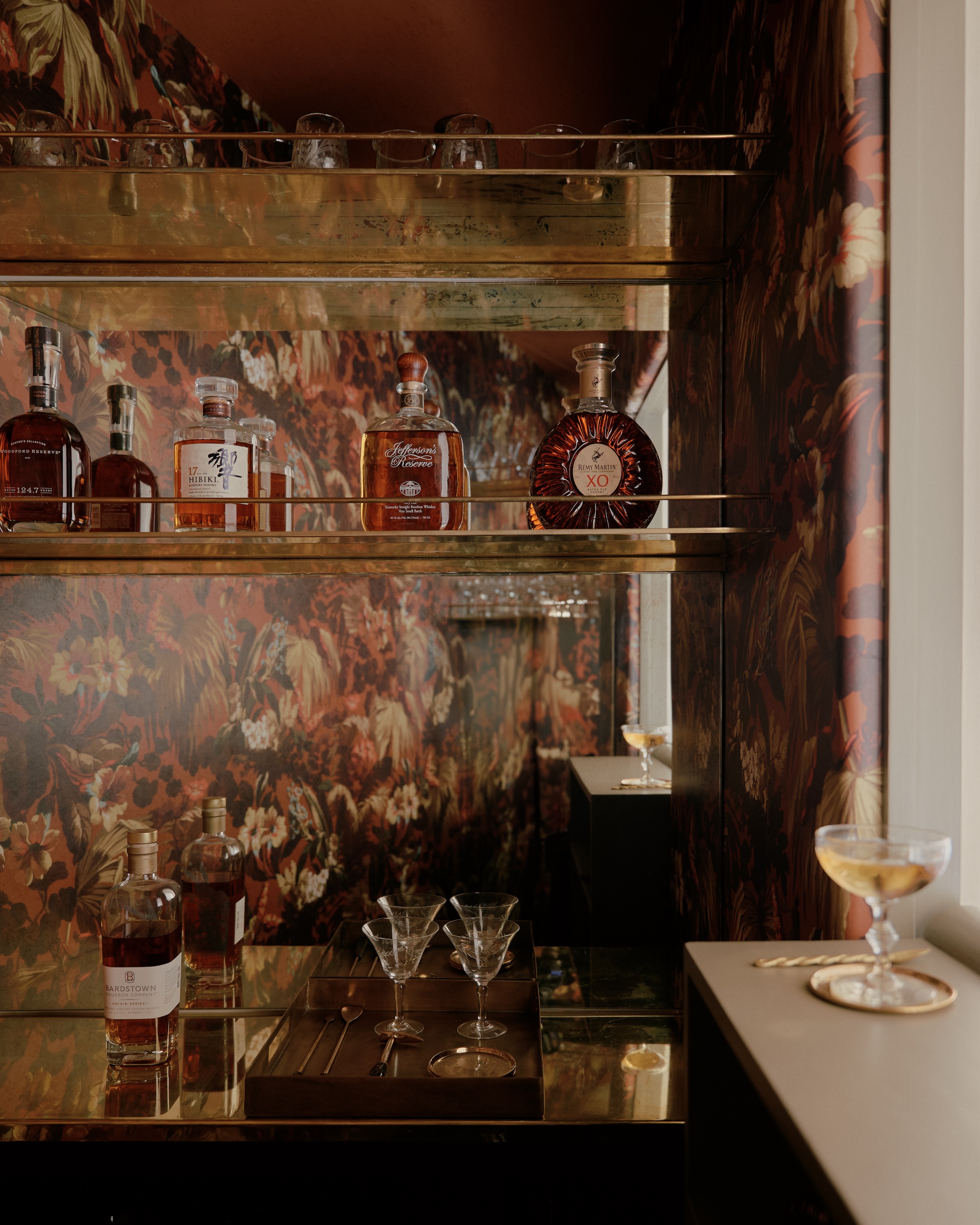
Alexander transformed a 1920s bar niche into a moment of colour and libations.
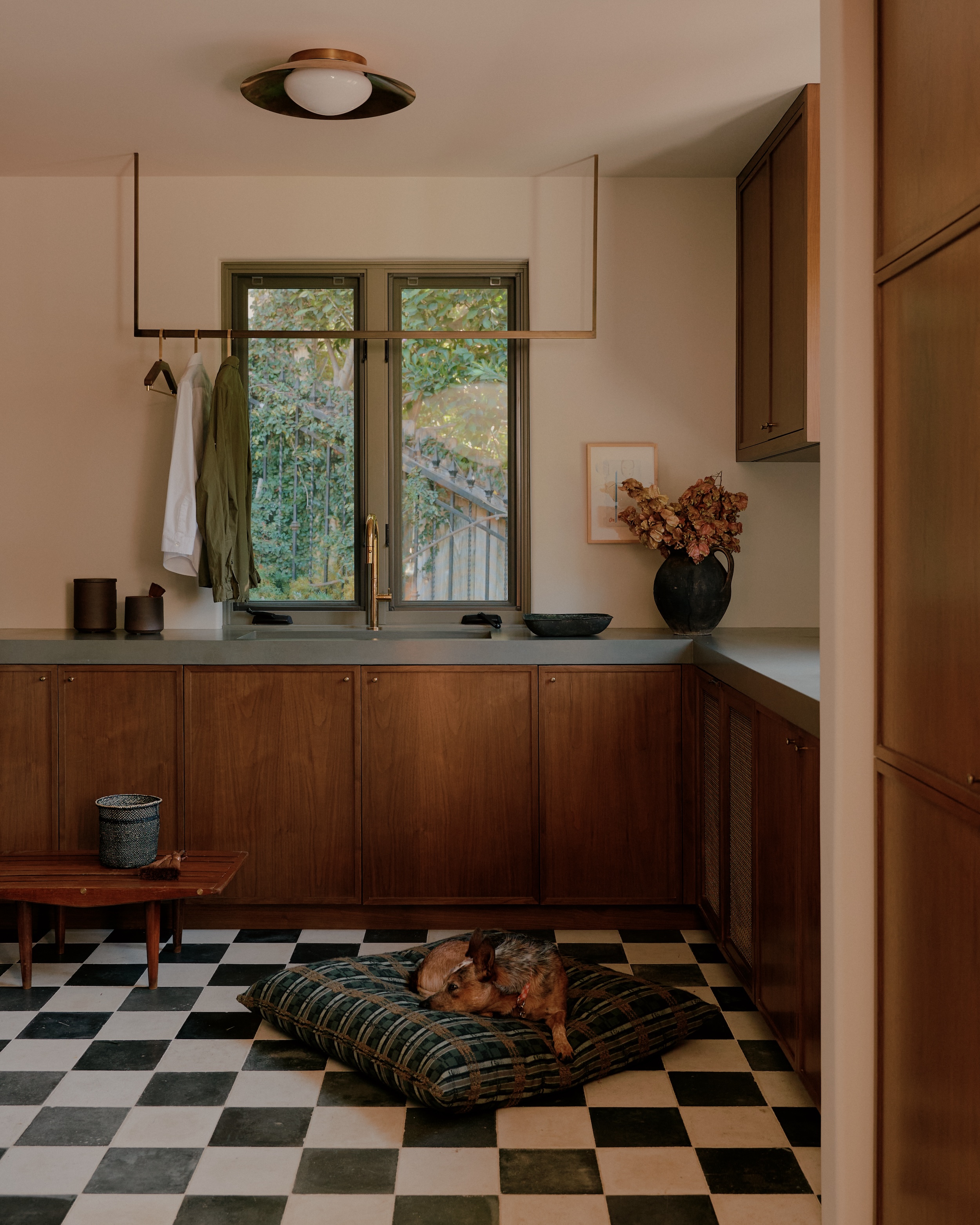
The laundry room was designed to be functional and dog-friendly. A pooch-height faucet (not pictured) is perfect for filling water bowls.
The home offered a jackpot of period details, with its exposed beams, charming arched entryways, leaded glass windows and – of course– the views, and Alexander wanted to maintain that romantic spirit. But its layout felt cramped and previous finishes didn’t do justice to what was there.
‘It had an incredible spirit, but we knew we could really do something really special with it,’ the designer says.
The first order of business was to reconfigure the floor plan to suit Leitch and McCormick’s lifestyle and to make the home feel airier. The existing lower level was a warren of small, closed-off rooms, which included a galley kitchen, a small butler’s pantry and a prohibition-era cocktail nook, but curiously no dedicated dining room. Alexander opened up the kitchen and added a dining room, a pantry and a coffee bar.
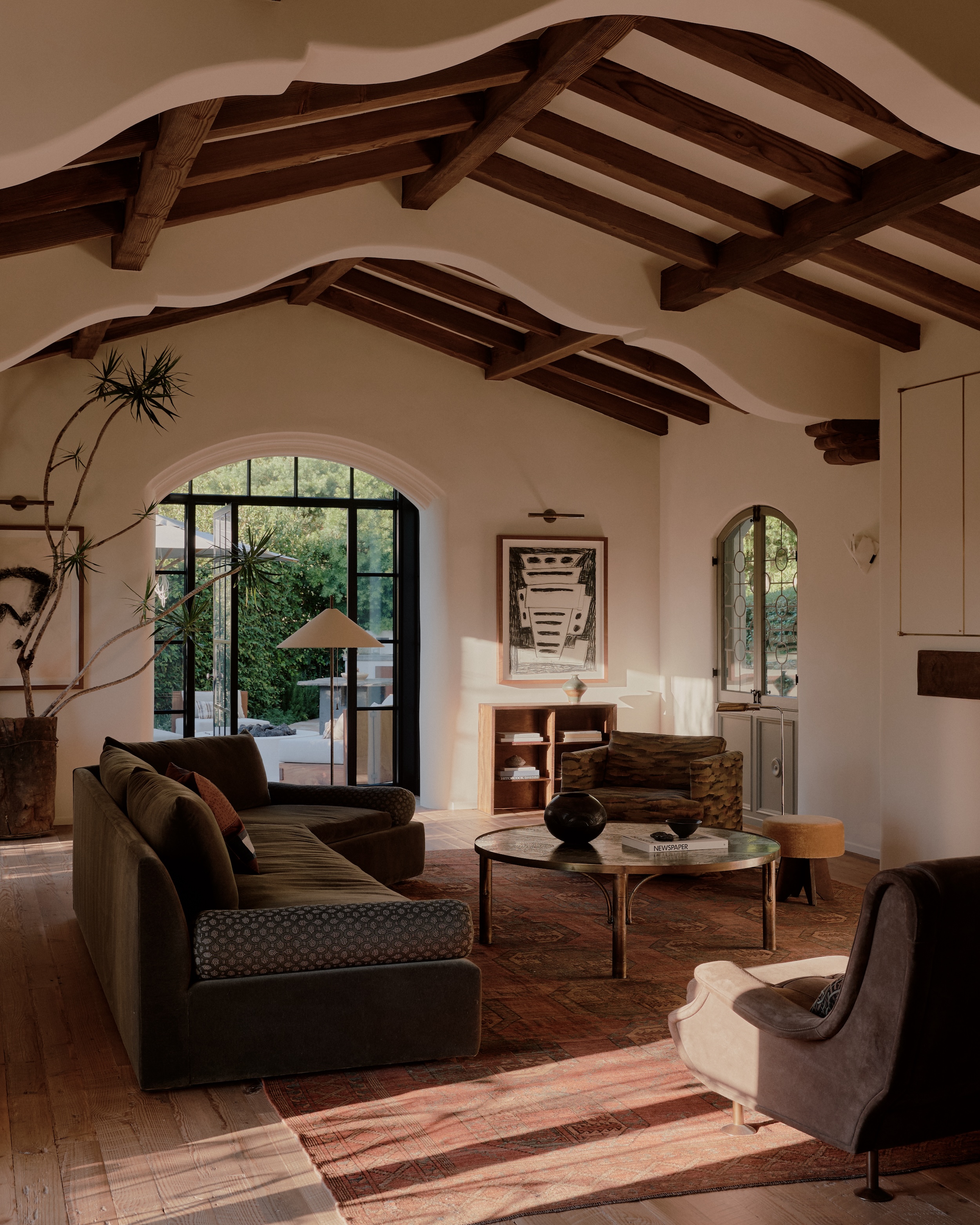
The airy living room is framed by original timbers, now stained a deep brown. The sofa is custom and the coffee table is a design by Philip and Kelvin LaVerne. The lounge chairs are by Marco Zanuso for Arflex.
‘They work a lot, so when they're home, they’re nesting hard,' Alexander explains. In order to create more generous spaces for Leitch and McCormick, as well as visitors, Alexander and her team reworked the bedrooms. Where there was once four small bedrooms, there are now three generous ones, including a bright primary suite.
With the more technical work completed, all that was left to do was lean into the home’s historic character. ‘We definitely didn't want it to feel like we just did this house—we wanted it to feel like it's always been there,’ says the designer.
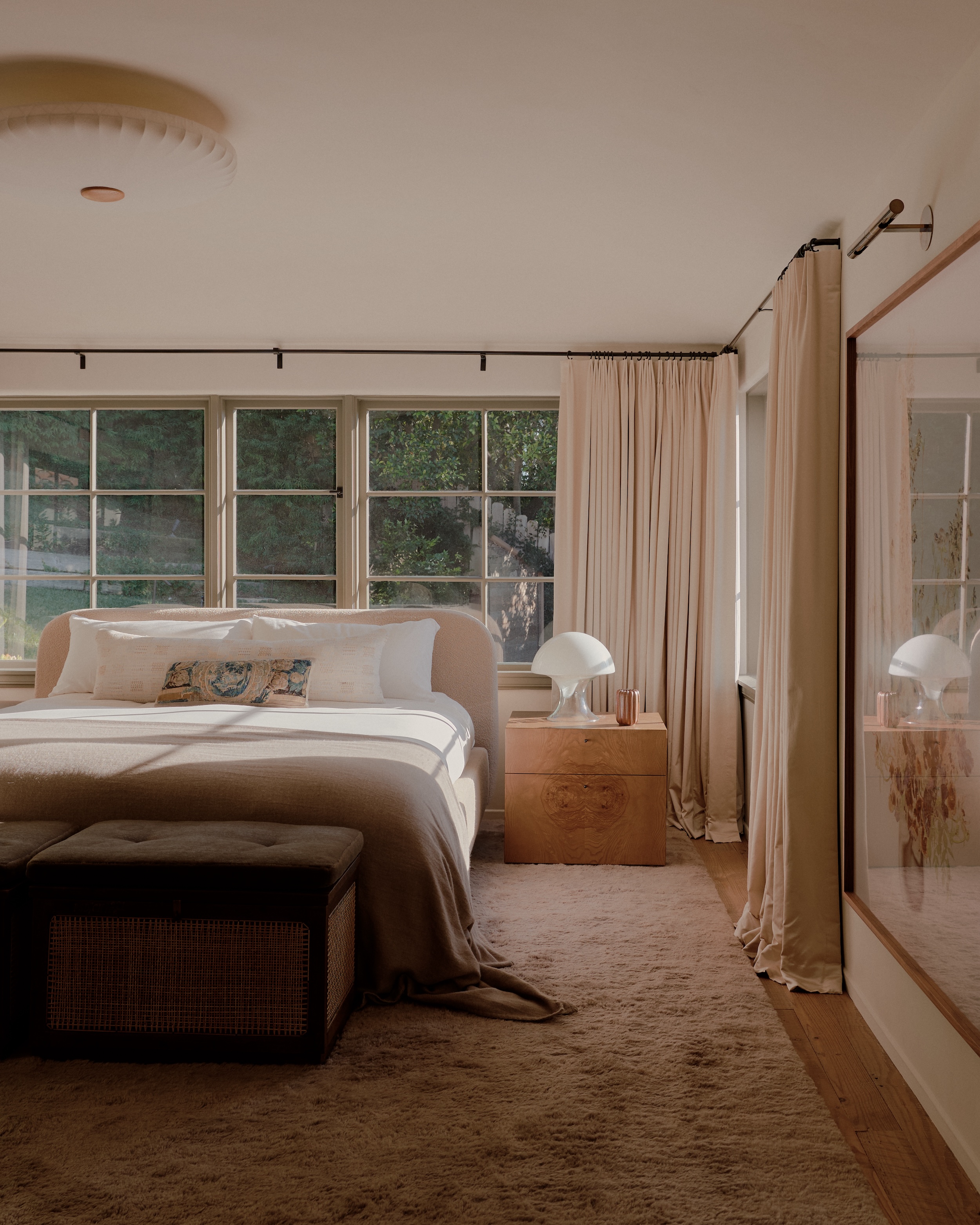
Alexander kept the primary bedroom soothing and neutral with the custom bed and nightstands, plush carpet and vintage Swedish ceiling fixture. The pair of chests at the foot of the bed are by Pierre Jeanneret.
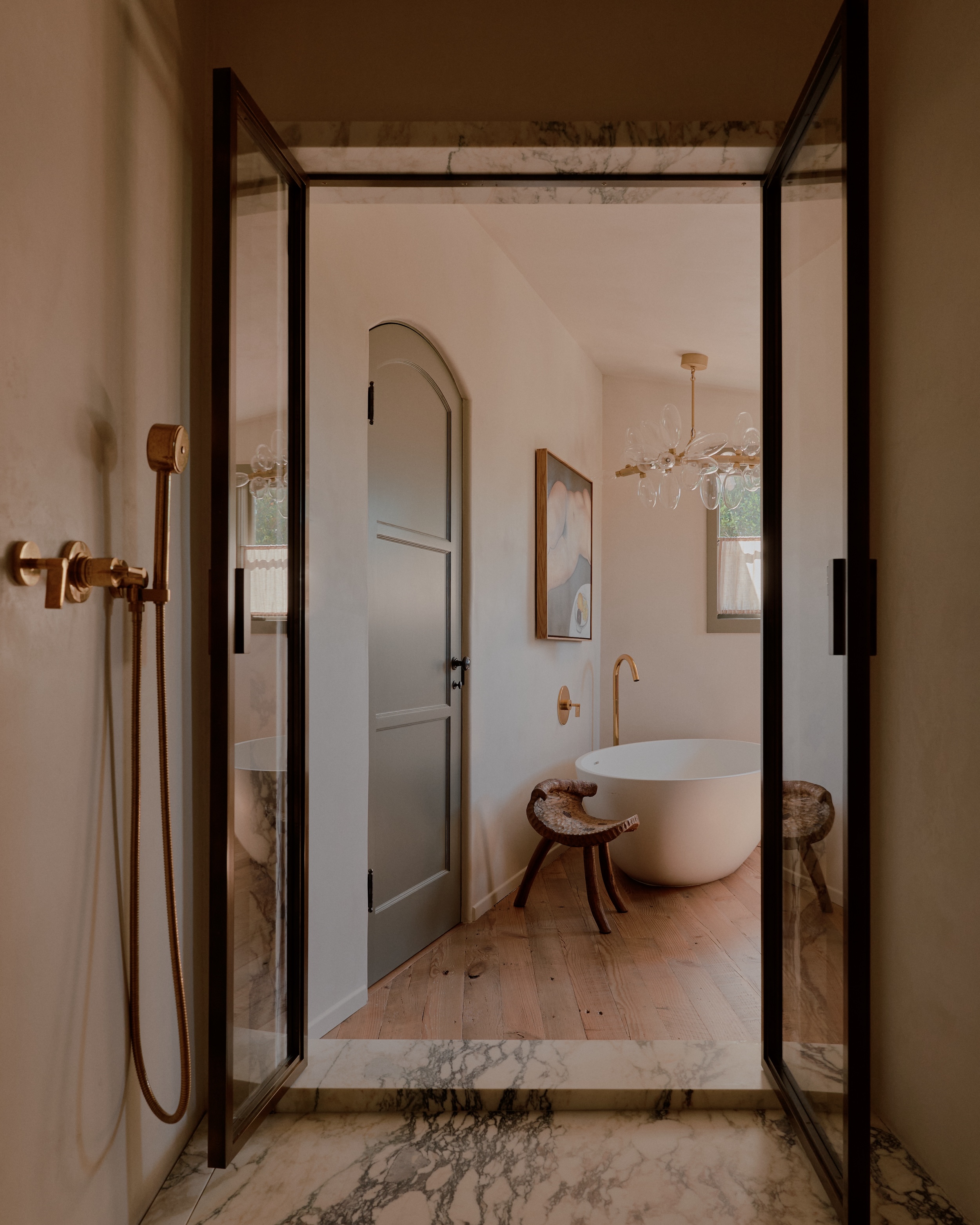
A peek inside the primary bathroom suite.
First, the design team redid all of the finishes, from the all-new reclaimed timber floors to the plaster walls to the original beams, which they stained a rich brown. The expanded kitchen received an elegant palette of stone and Moroccan tile, as did the bathrooms. Nods to the home’s Hollywood pedigree arrived via statement light fixtures, like a dramatic chandelier from Blackman Cruz in the entry, and glamorous touches, like a gleaming custom brass handrail on the staircase.
In the furnishings, textiles and artwork, Alexander injected a bit more colour than she typically does, but in subdued tones of red, sage, blue, and green, all of which accentuate the residence’s ethereal California light. A guest bedroom, for instance, is anchored by an antique verdure tapestry while the Prohibition-era bar niche features a fiery botanical print. Even custom cushions for Daisy Dukes and Ladybug feature eye-catching geometric patterns.
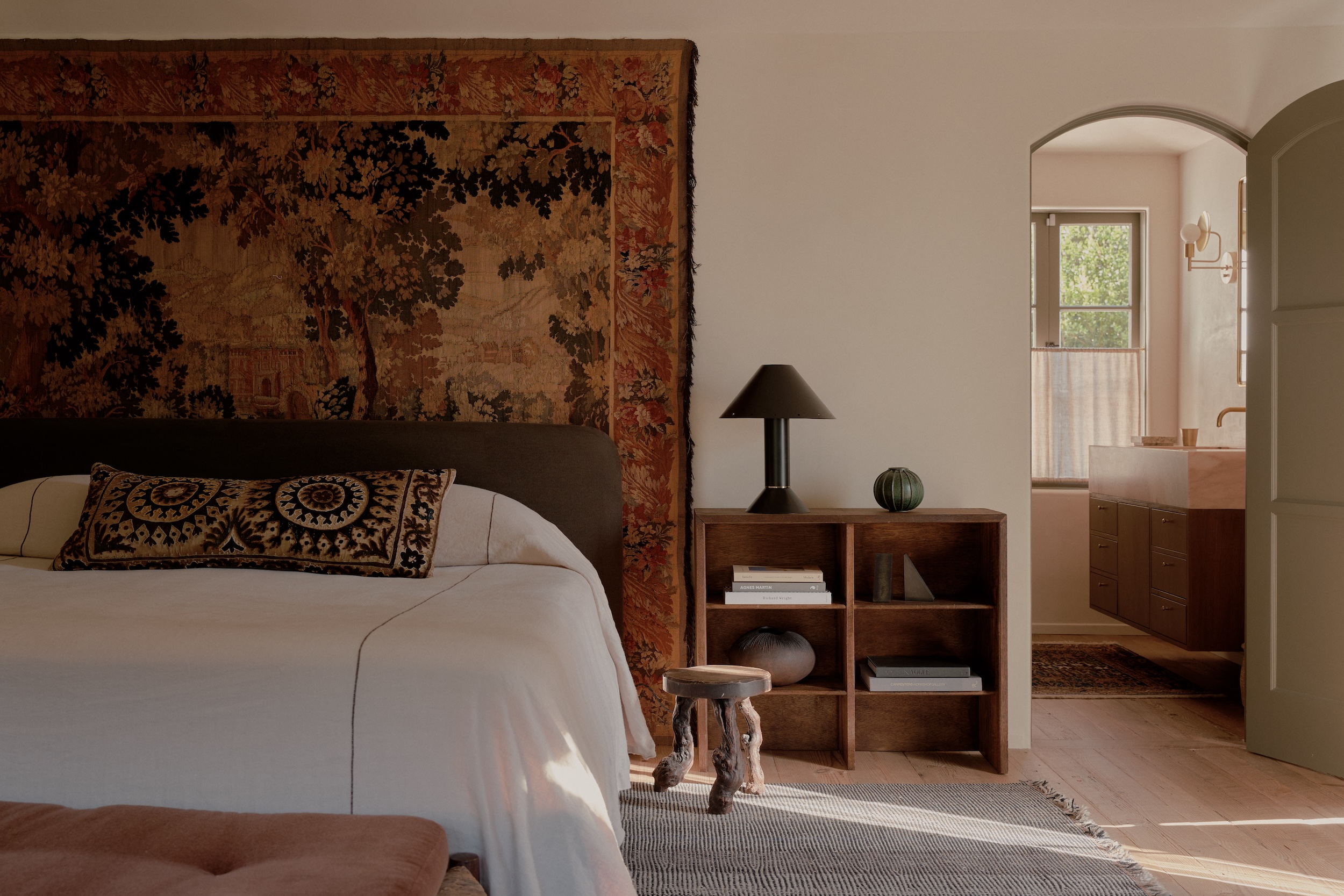
One guest bedroom features a vibrant antique verdure tapestry.
The home’s most striking moment, though, is the sitting room, where beautifully-carved original beams frame a custom sofa, intricate Philip and Kelvin LaVerne coffee table, and the original fireplace. Where there were just windows, Alexander and her team installed glazed doors to a terrace, bringing all those beautiful hillside vistas inside.
Outside, there are even more places to kick back. Alexander and her team widened terraces and gave the clients entertaining spaces that feel straight from a luxury resort, including an outdoor kitchen, a fire pit and numerous sitting areas.
‘Even when we work here, it feels like a sanctuary,’ says Leitch. ‘You don't feel like you're in the middle of the craziness.’
‘We call it our pied-à-terre in Los Angeles, because that’s exactly how it feels,’ adds McCormick.

Alexander and her team enhanced the outdoor areas to take advantage of the views.
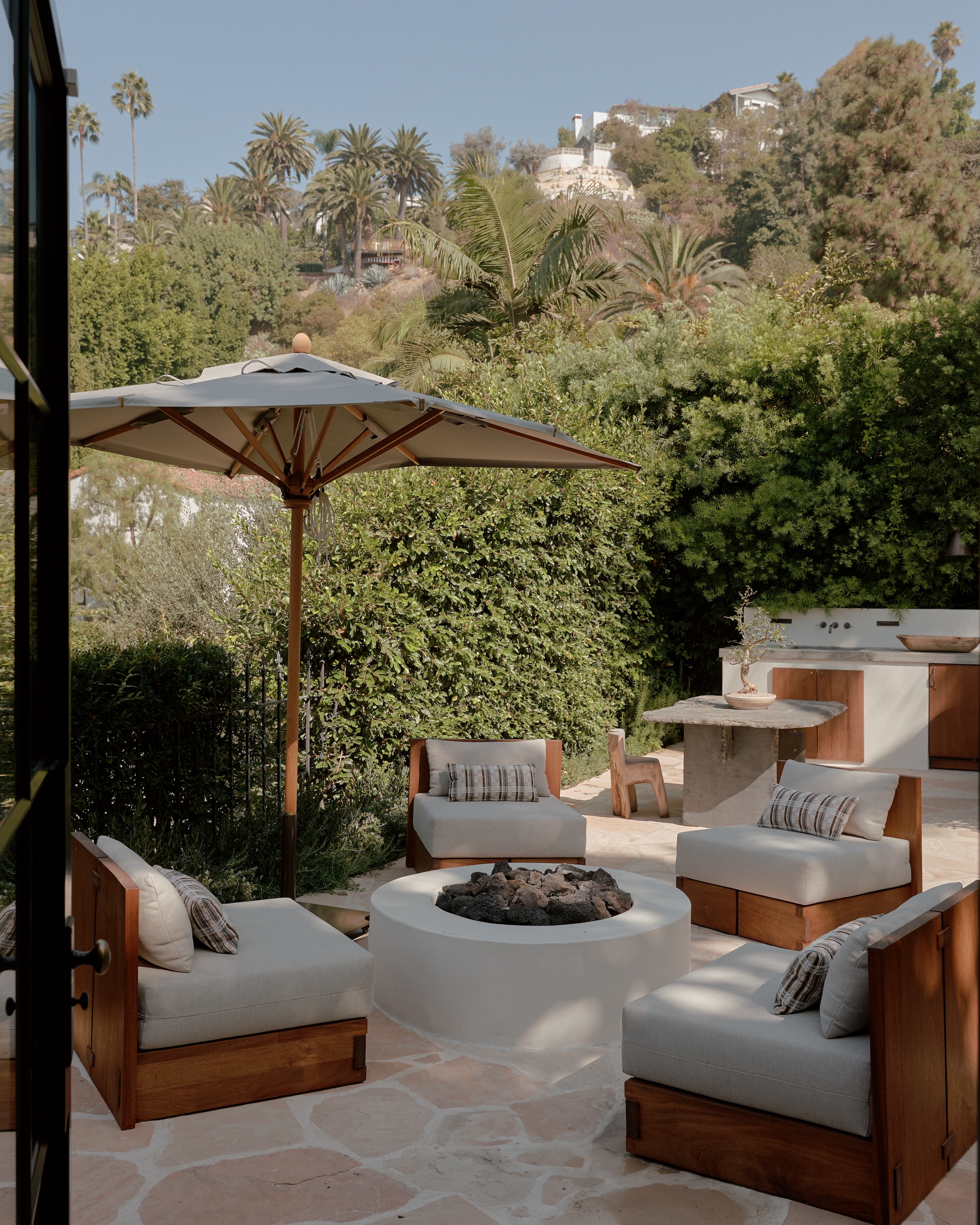
New additions included a fire pit and a stylish outdoor kitchen,
So far, Leitch and McCormick are loving their new Los Angeles abode. They’ve invited colleagues, friends, and nephews from college to visit. They plan to transform a small guesthouse on the property into a screening room and have just cast Pete Davidson in their latest film project, a heist called How to Rob a Bank. And while Leitch’s stuntman days are over, the couple have yet another coup to celebrate: This month, the Academy of Motion Picture Arts and Sciences announced that it will be including stunts in its list of honours, beginning with the 100th Oscars for films released in 2027.
But until that day, enjoying the home is on the agenda. ‘I will bring in people who are into architecture or design, and they'll be wowed by this. And then you bring in people who have a refined taste and they're wowed, too,’ says Leitch. ‘It transcends.’
Alexander, for her part, hopes that one of Leitch’s former cinematic doppelgängers might be on the guest list: ‘I like to think Brad Pitt might come over and love it,’ she says.
Anna Fixsen is a Brooklyn-based editor and journalist with 13 years of experience reporting on architecture, design, and the way we live. Before joining the Wallpaper* team as the U.S. Editor, she was the Deputy Digital Editor of ELLE DECOR, where she oversaw all aspects of the magazine’s digital footprint.
-
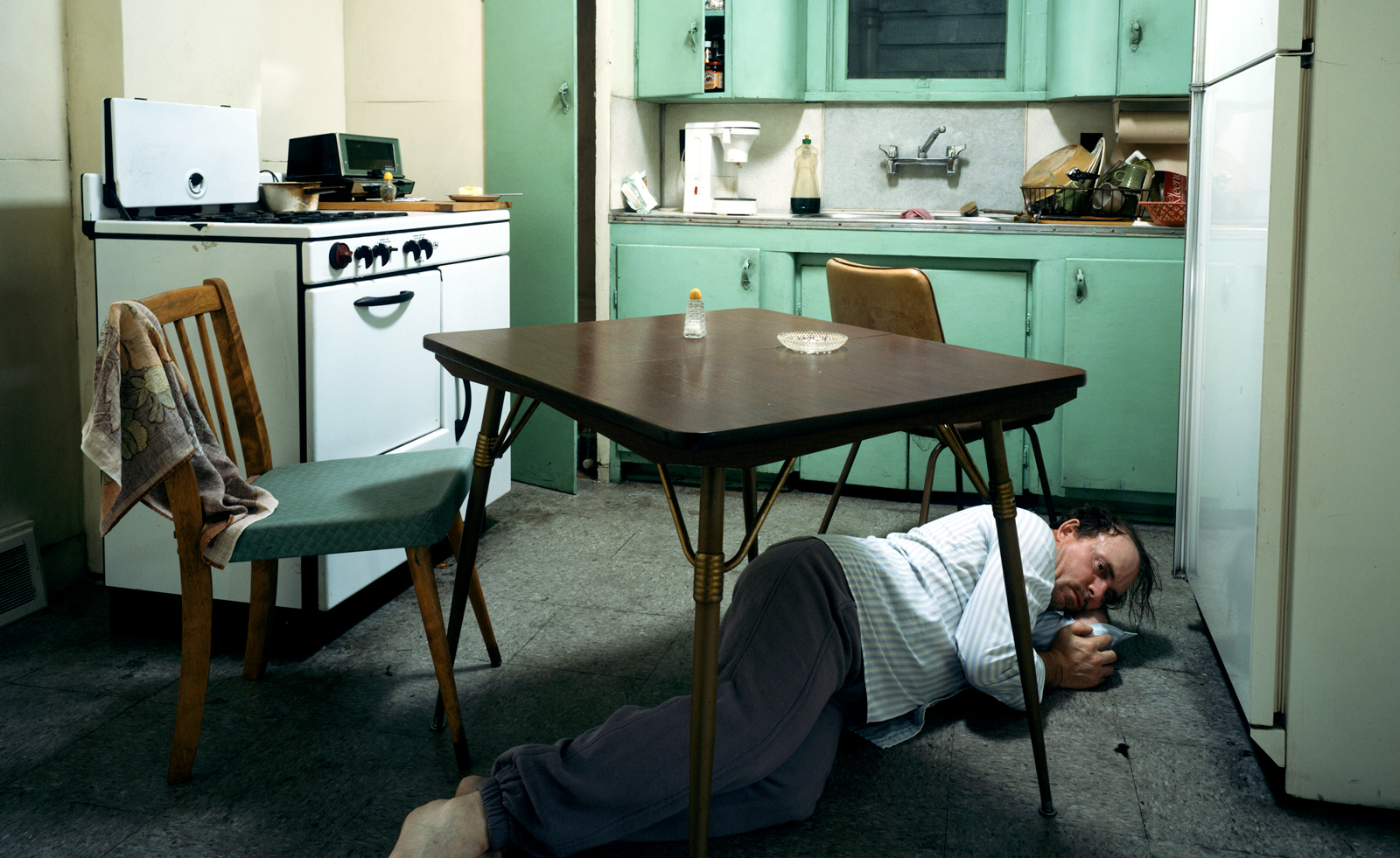 Real or imaginary? Step inside the alternate world of Jeff Wall's photographs
Real or imaginary? Step inside the alternate world of Jeff Wall's photographsJeff Wall's major show at MAAT in Portugal dives into four decades of the photographer's career
By Emily Steer
-
 Inside Kyotographie, Japan’s world-renowned photography festival
Inside Kyotographie, Japan’s world-renowned photography festivalKyotographie 2025 embraces the theme ‘Humanity’ in Kyoto – Amah-Rose Abram reports with the highlights, from major and emerging photographers
By Amah-Rose Abrams
-
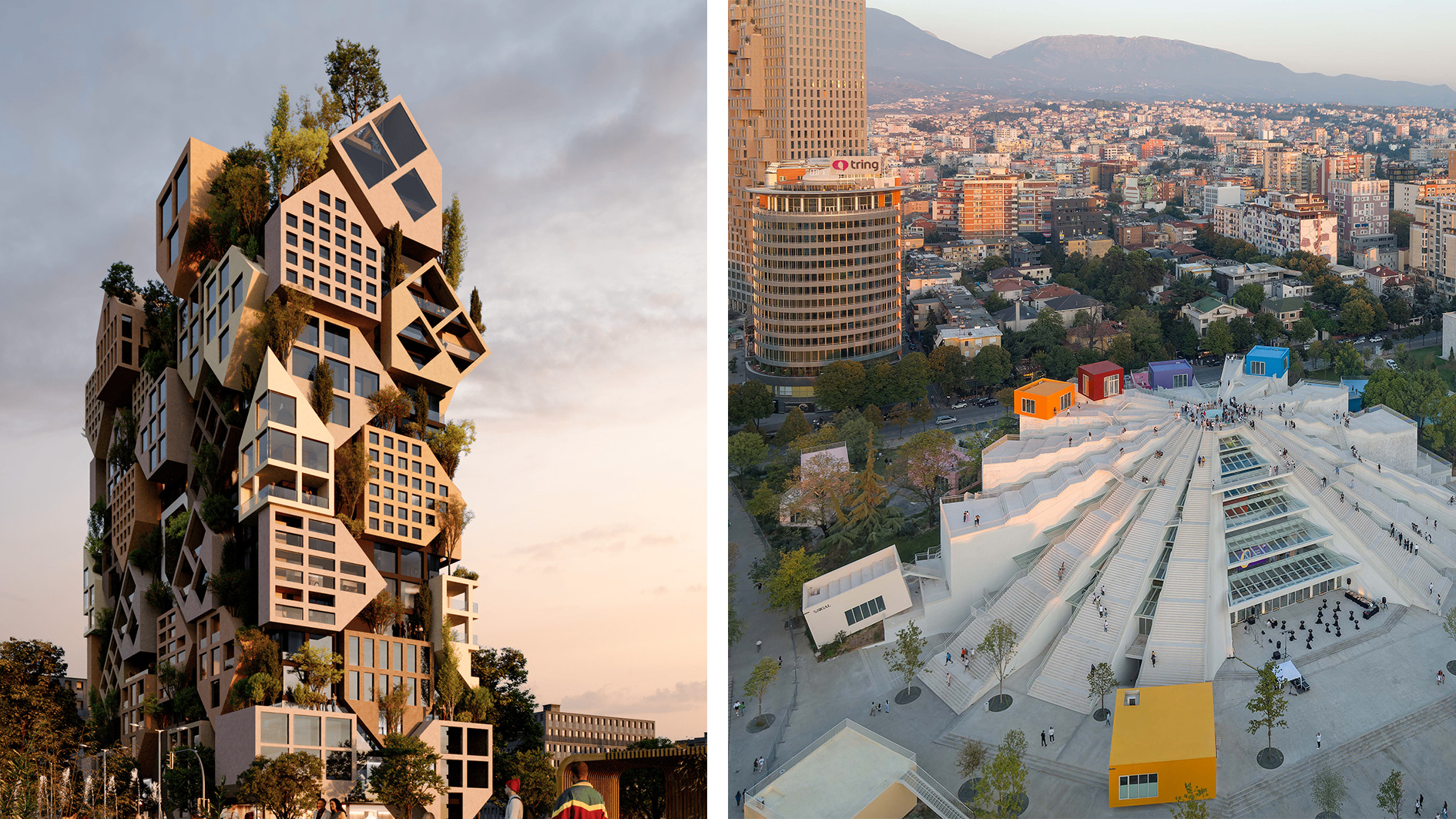 Isolation to innovation: Inside Albania’s (figurative and literal) rise
Isolation to innovation: Inside Albania’s (figurative and literal) riseAlbania has undergone a remarkable transformation from global pariah to European darling, with tourists pouring in to enjoy its cheap sun. The country’s glow-up also includes a new look, as a who’s who of international architects mould it into a future-facing, ‘verticalising’ nation
By Anna Solomon
-
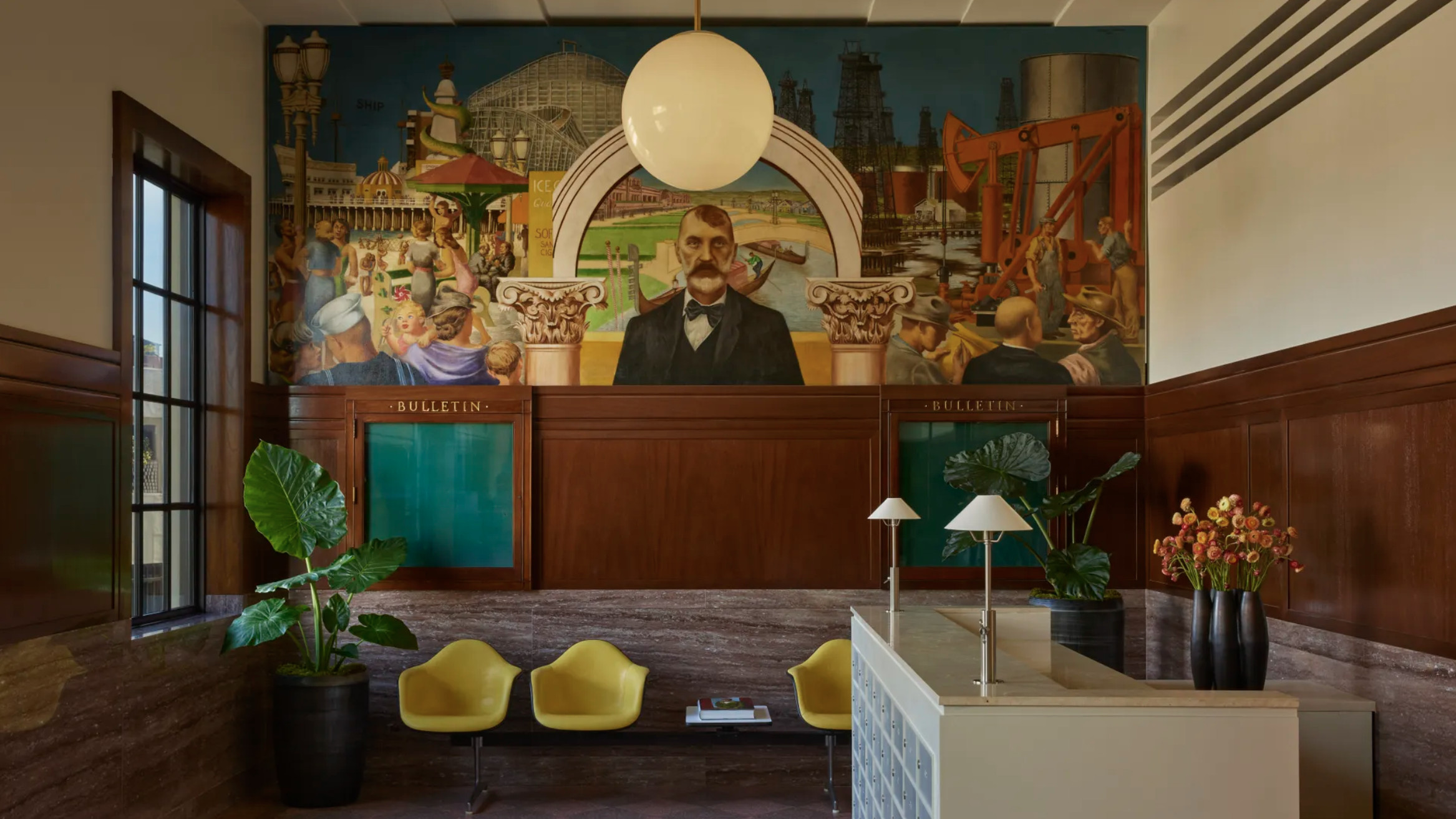 The Lighthouse draws on Bauhaus principles to create a new-era workspace campus
The Lighthouse draws on Bauhaus principles to create a new-era workspace campusThe Lighthouse, a Los Angeles office space by Warkentin Associates, brings together Bauhaus, brutalism and contemporary workspace design trends
By Ellie Stathaki
-
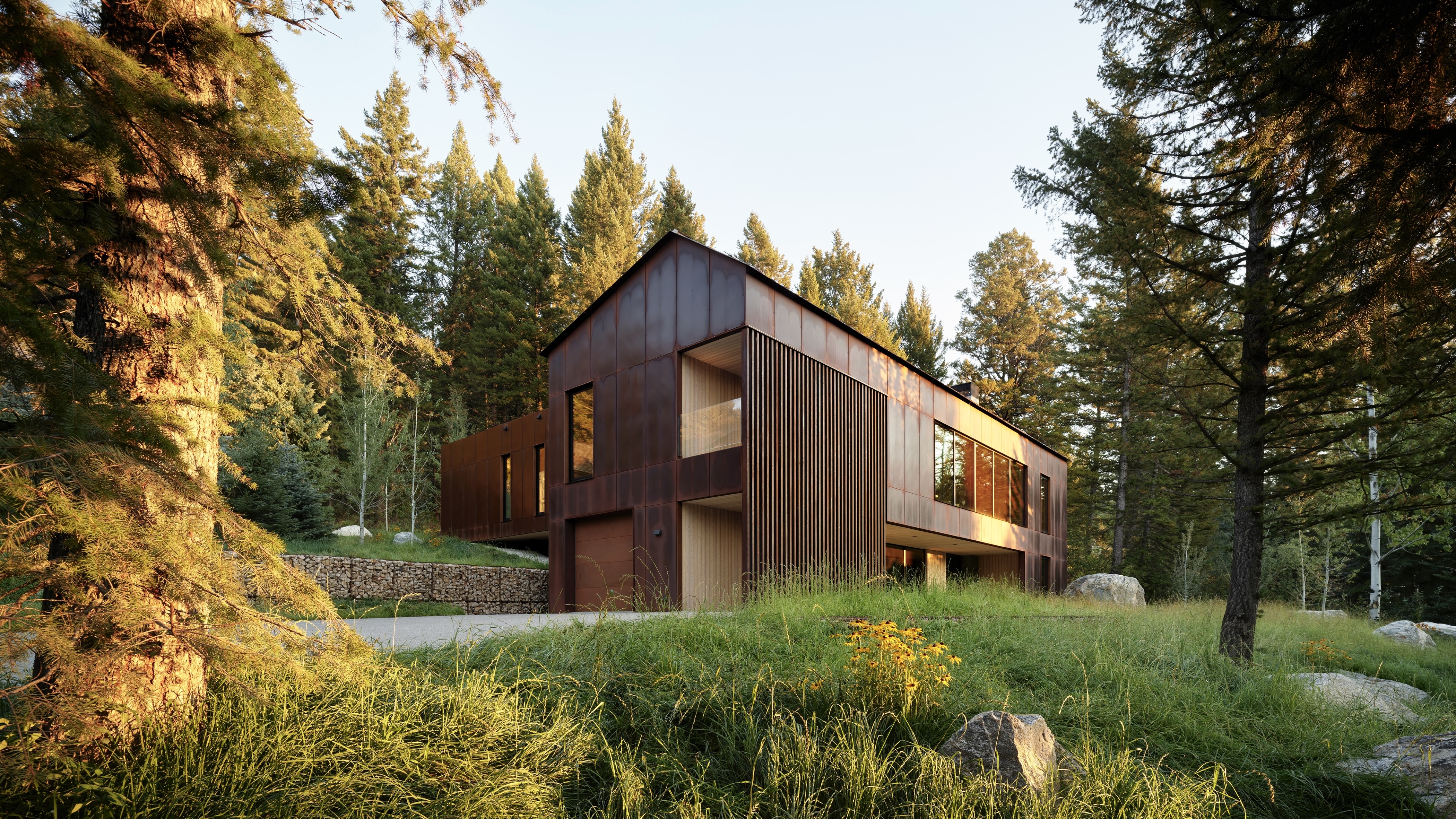 This minimalist Wyoming retreat is the perfect place to unplug
This minimalist Wyoming retreat is the perfect place to unplugThis woodland home that espouses the virtues of simplicity, containing barely any furniture and having used only three materials in its construction
By Anna Solomon
-
 We explore Franklin Israel’s lesser-known, progressive, deconstructivist architecture
We explore Franklin Israel’s lesser-known, progressive, deconstructivist architectureFranklin Israel, a progressive Californian architect whose life was cut short in 1996 at the age of 50, is celebrated in a new book that examines his work and legacy
By Michael Webb
-
 A new hilltop California home is rooted in the landscape and celebrates views of nature
A new hilltop California home is rooted in the landscape and celebrates views of natureWOJR's California home House of Horns is a meticulously planned modern villa that seeps into its surrounding landscape through a series of sculptural courtyards
By Jonathan Bell
-
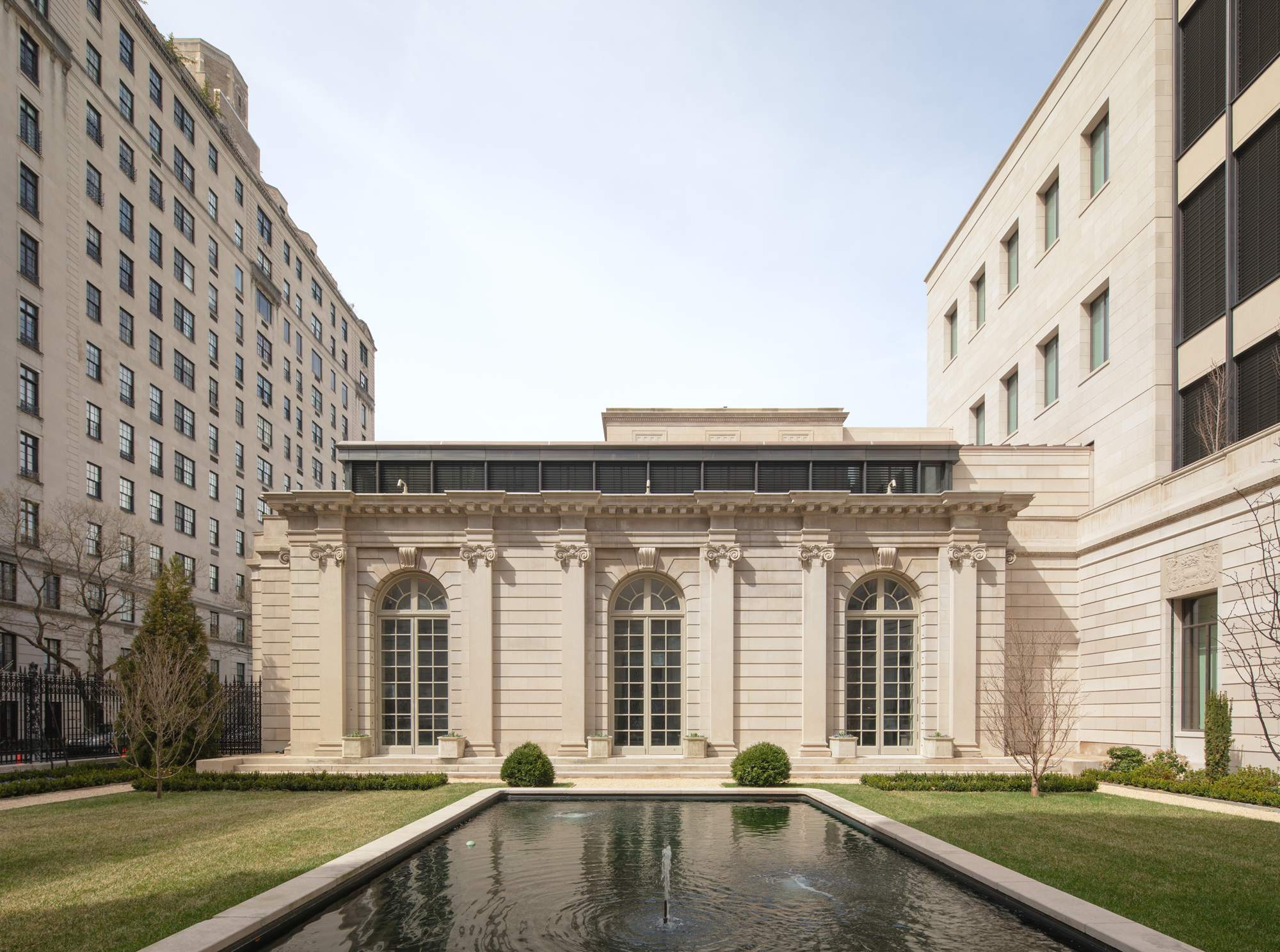 The Frick Collection's expansion by Selldorf Architects is both surgical and delicate
The Frick Collection's expansion by Selldorf Architects is both surgical and delicateThe New York cultural institution gets a $220 million glow-up
By Stephanie Murg
-
 Remembering architect David M Childs (1941-2025) and his New York skyline legacy
Remembering architect David M Childs (1941-2025) and his New York skyline legacyDavid M Childs, a former chairman of architectural powerhouse SOM, has passed away. We celebrate his professional achievements
By Jonathan Bell
-
 The upcoming Zaha Hadid Architects projects set to transform the horizon
The upcoming Zaha Hadid Architects projects set to transform the horizonA peek at Zaha Hadid Architects’ future projects, which will comprise some of the most innovative and intriguing structures in the world
By Anna Solomon
-
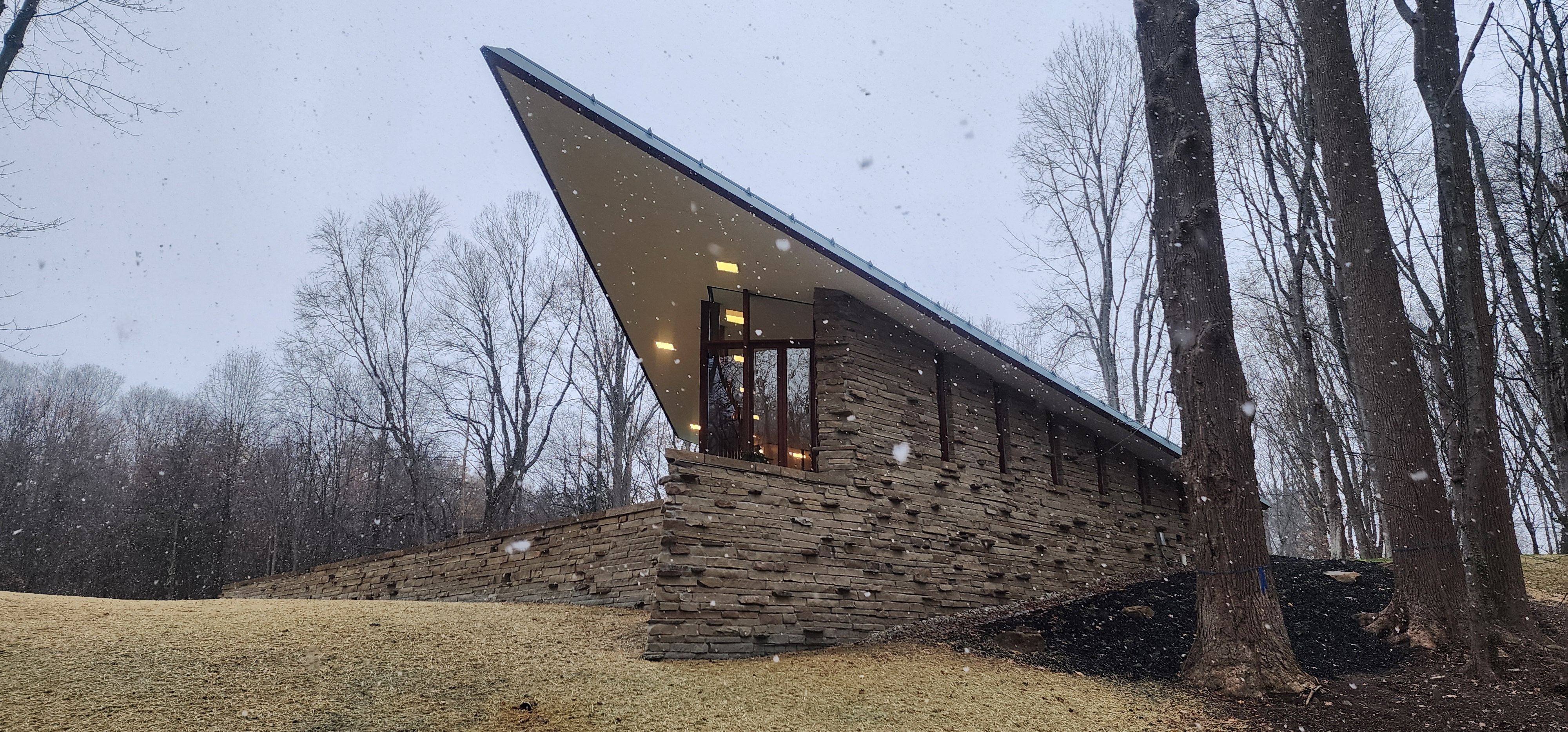 Frank Lloyd Wright’s last house has finally been built – and you can stay there
Frank Lloyd Wright’s last house has finally been built – and you can stay thereFrank Lloyd Wright’s final residential commission, RiverRock, has come to life. But, constructed 66 years after his death, can it be considered a true ‘Wright’?
By Anna Solomon